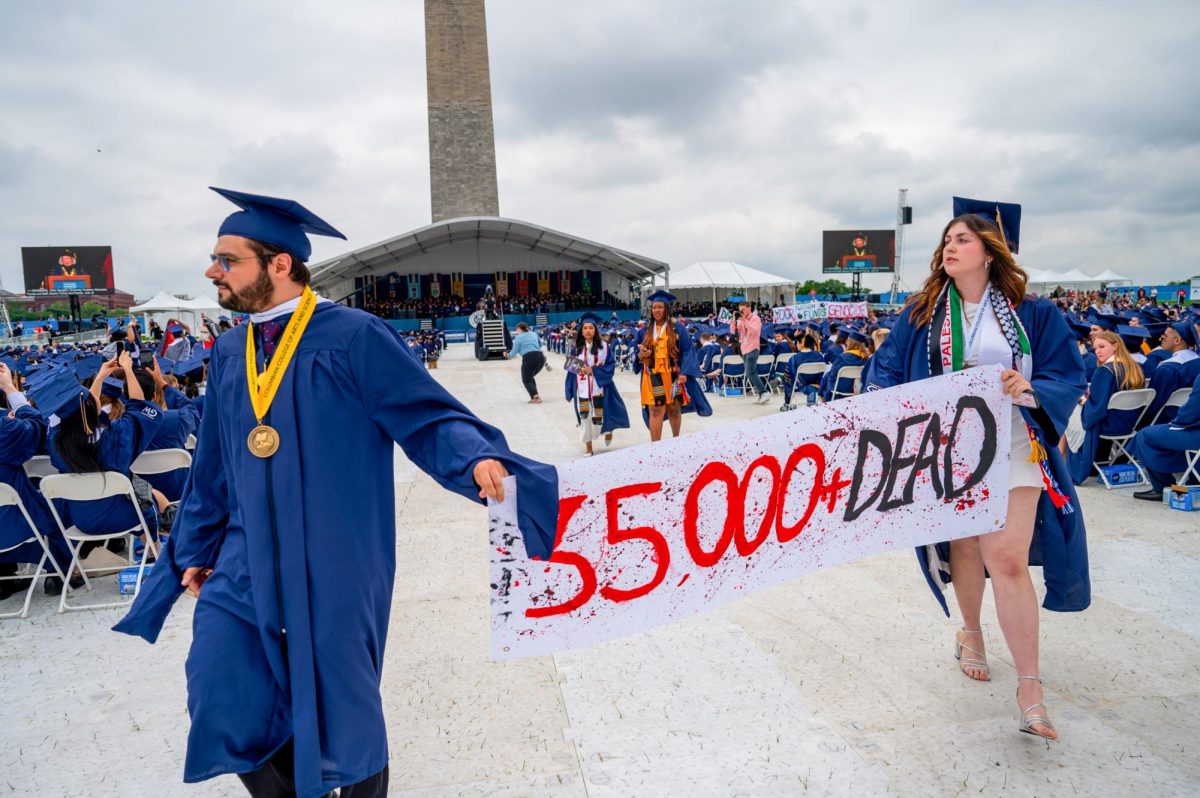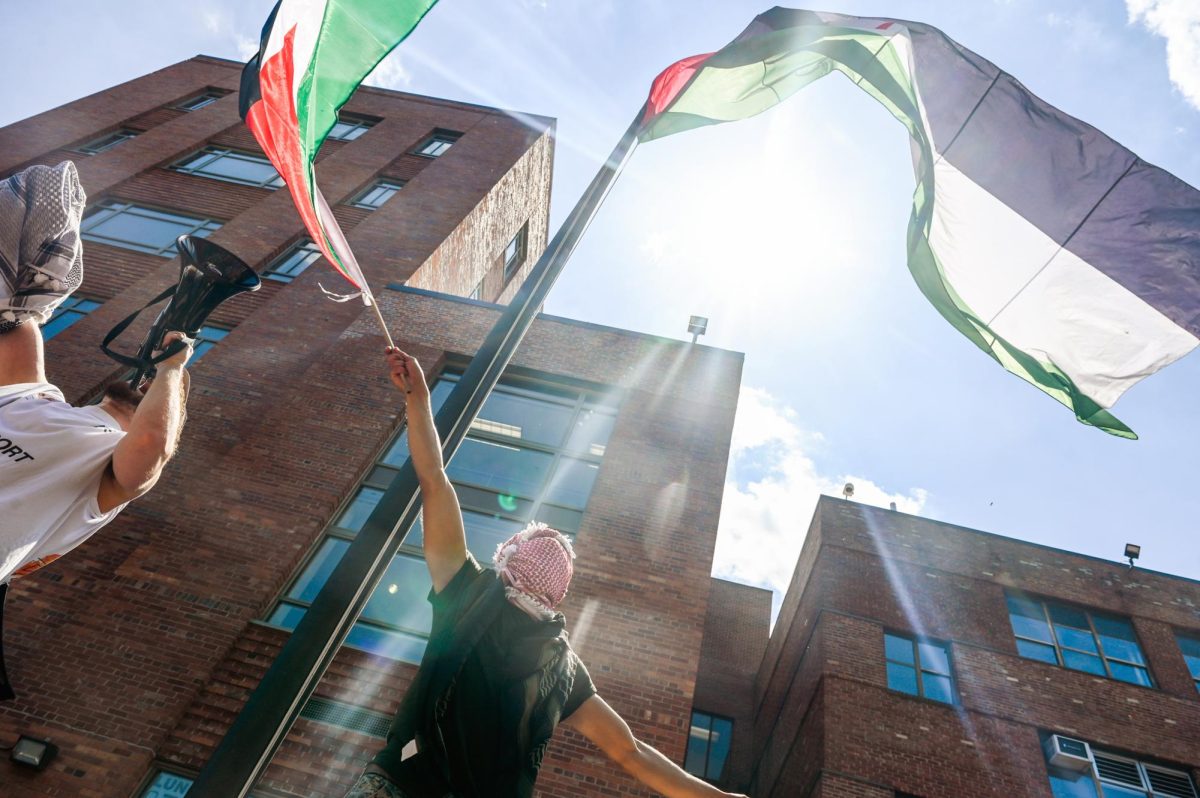Students who encounter conflicts with their roommates, have problems with their off-campus residence or just can’t seem to keep it together this year have a new outlet for their frustrations: the Conflict Resolution Center.
The center, located in Madison Hall room 203, is a new service offered by Student Judicial Services to replace the previously underused Community Living and Learning Center mediation program. The new service features a professionally trained staff of student mediators to assist in a number of conflict situations that students deal with on an everyday basis.
Tara Woolfson, director of SJS, said the center’s goal is for students who use the service to leave with a plan for conflict resolution and a better ability to communicate.
“These types of programs have proven to be successful with college students,” she said. “Mediation really comes in when there’s a breakdown in communication.”
The center is now able to mediate through more than just roommate conflicts with students, which is what the old mediation program exclusively dealt with; it now offers assistance to off-campus residents who have concerns such as noise in their building, neighbor problems and landlord issues, as well as conflicts within student organizations such as fraternities or sororities, Woolfson said. So far this year, she said the center has dealt mostly with on-campus roommate conflicts.
Woolfson said she understands the concern students might have approaching an SJS-run organization to help mediate with their problems, but she assured that SJS does not plan to take judiciary action on students who speak to peer mediators unless in extreme circumstances.
“The only time SJS will intervene is when there are serious violations of the Code of Student Conduct of serious violations of law,” she said.
Woolfson said, for example, that the mention of alcohol during a mediation center would not count as a violation, whereas talking about dealing drugs or violence would result in action.
“If there’s a threat to (a student’s) safety, or major violations of the student code of conduct, we can’t let it go,” she said.
However, Woolfson said the center is an effort by SJS to distance itself from being a solely disciplinary body. She said the organization is presenting the center as the flagship for what it hopes will be several new alternate dispute resolution mechanisms.
“SJS has continually tried to be proactive and not reactive,” she said. “We hold students accountable for their behavior, but that doesn’t always have to be done through the discipline process.”
The center, however, has already found a system to assure students’ privacy when entering into mediation sessions.
“As soon as you leave mediation, the notes of the session are destroyed,” said senior Jay Riskind, the center’s coordinator. “They’re a neutral environment to voice concerns.”
The Conflict Resolution Center began to take form last spring as SJS took over CLLC’s mediation center in order to institute reform. SJS then looked at more robust programs in peer mediating for inspiration, such as George Mason University.
One of the predominant features of the center is that the mediation comes from other students. A staff of seven Conflict Resolution Center guides was selected through both nominations and applications.
“We tried to get as broad of a group as possible,” Riskind said. “Our guides received the highest training on par with that of the best college conflict resolution centers in the nation.”
Professional mediation trainers from the Association for Student Judicial Affairs and the Don Gehring Institute, a professional association that serves the needs of campus judicial officers, were flown in for a few days last month to instruct and certify the GW peer mediators.
“The training process helped develop a new way of thinking, where you help others by guiding the process and using directive questions, keeping your personal opinion and judgments on the sidelines,” said mediator Jordyn Cosme, a senior.
Each student mediator attends one to two sessions with students per week, and most of the sessions have two or more mediators present. Students who have been selected as mediators said that so far the job has been rewarding.
“Choosing to be a mediator is more than another activity or job on campus. It’s actually having an opportunity to help people in difficult situations,” Cosme said.
Mediator Marni Hahn, a junior, said she thinks it is easier for students who are stuck in conflict situations to work it out with the help of other students who understand their problems.
“Students are often more comfortable expressing their concerns to peers that they can relate to,” she said. “A lot of times just letting a fellow student know that I am an objective source to guide them through interpersonal exchanges … eases their anxiety.”
Student guides have also spoken to members in the community, community facilitators and several organizations such as the Student Activities Center and the Emerging Leaders Program to get the word out about the new program.






